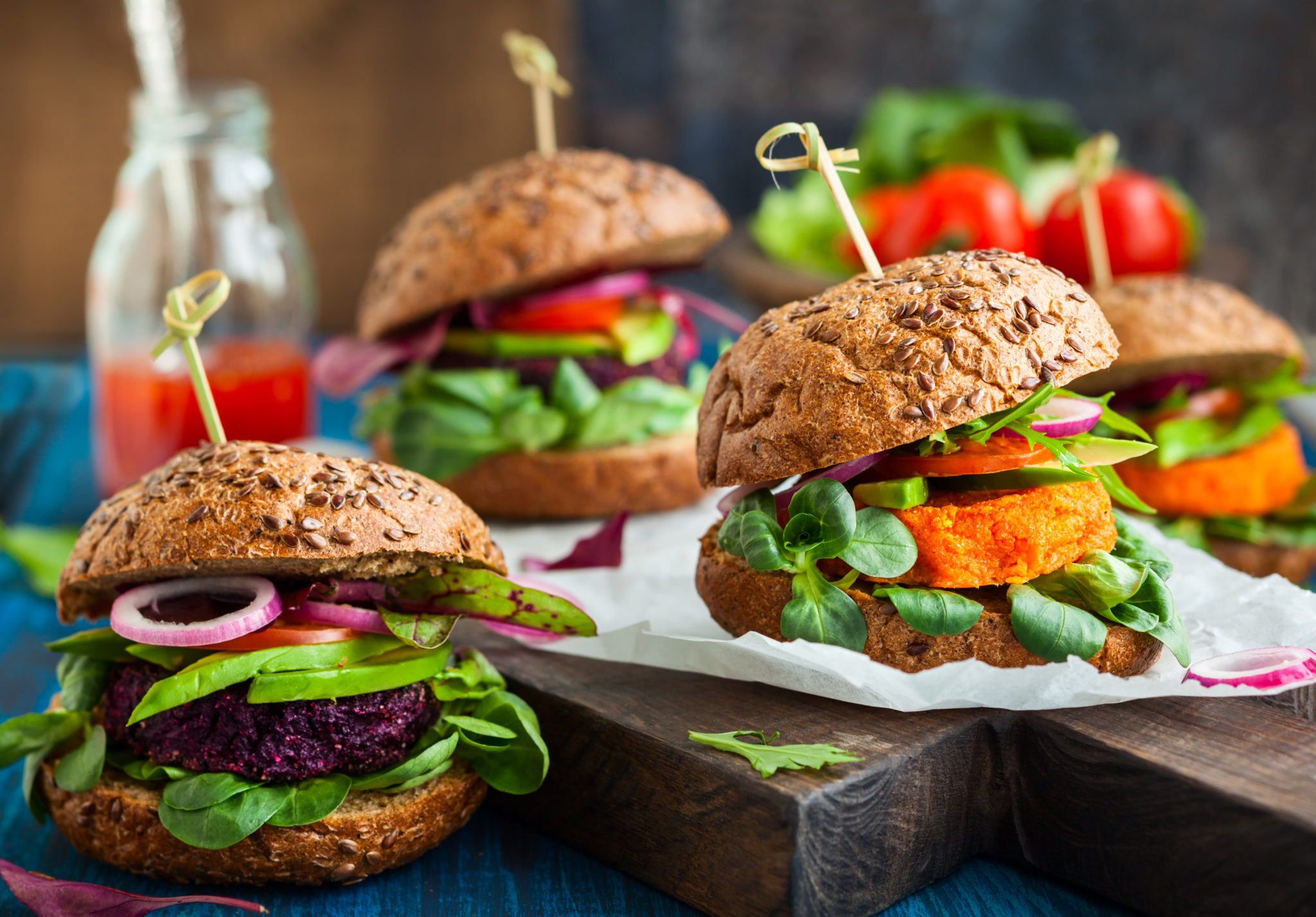
In the last decade or so, veganism – a diet that doesn’t feature animal products – has become increasingly popular in the U.S. and beyond. Beyond what veganism means for the treatment of animals, this unique diet poses some interesting challenges for chefs. Escoffier’s plant-based degree and diploma programs teach the fundamentals of plant-based cooking, how to plan a seasonal menu, plant-based cuisines from around the world, common ingredient substitutions, plus much more.
If you’d like to take a crack at vegan cooking, consider these four handy tips:
Vegan cooking is a chance to practice diversity through restriction.”
1. Secure the right tools
The curator of Vegangela is a long-time vegan chef. In a blog post, she outlined the importance of several tools all chefs require. That includes basics like a proper set of knives, sturdy pots and pans, Julienne peeler, and a garlic press. However, she also relies heavily on a vegetable spiralizer, and given how much you’ll be working with veggies, this is a good piece to start with. The spiralizer has a number of key benefits, like several blades for different purposes (shredder, chipper, etc.) that work on any number of fruits and veggies. Plus, anything that saves a little time is worth it in your kitchen.
2. Boost your creativity
J. Kenji Lopez-Alt is a chef and food writer who in the last several years has gone vegan. In a post for Serious Eats, he explained that while people think veganism limits your diet, he prefers to describe the approach as “diversity through restriction.” If you’re cooking meat, you may rely on the same basic items. Without those, you must spend time looking for other options in the produce section. This can help you to try cooking with something that’s unfamiliar or use fruits/veggies in a way you hadn’t thought of. Either way, you’re going to expand your skills as a culinary guru in very short order.
3. Try these substitutions
Given that you can’t use animal products in cooking, you may be wondering what to do about a few essential ingredients. Instead of condensed milk, for instance, you can use silken tofu combined with sugar and vegan milk. What about buttermilk, then? Just mix up vegan milk and apple cider vinegar and allow it to curdle for a few moments. If you need eggs for binding, meanwhile, you can just use flax meal and water. What about eggs used to add some moisture to a dish? Apple sauce and silken tofu will work just as well. Lastly, combine water, baking powder, and oil for an easy leavening substitute.
4. Don’t forget the seasonings
According to One Green Planet, there is one kitchen tool that is indispensable to the vegan chef: seasonings. These are a great way to help enhance the flavor of your ingredients and add some diversity to the plates. Sea salt is preferred because it has less sodium than table salt. You’ll rely heavily on all sorts of vinegar (balsamic, apple cider, champagne, etc.) to add flavor and aid with the digestive process. And since no dish is complete without some spices, you should always keep handy a bit of cinnamon, rosemary, thyme, and basil.
